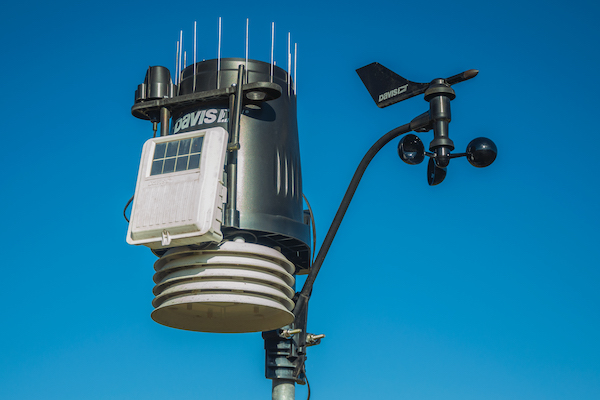Atmospheric monitoring is an essential component of modern environmental science. Monitoring the atmosphere provides information on the composition and characteristics of the air we breathe, and can help to identify trends and changes in atmospheric conditions. In order to collect accurate data, a range of different instruments and sensors are used to view the atmosphere from different perspectives. This article will explore some of the most common lenses used in atmospheric monitoring, and the technologies they employ.
The first and most common type of lens used in atmospheric monitoring is the spectrometer. Spectrometers are used to measure the spectral properties of light, and are particularly useful for identifying the presence of specific gases in the atmosphere. This is achieved by splitting light into its component wavelengths, and then analyzing the absorption or emission of specific wavelengths by different gases. Spectrometers are typically used in combination with other instruments, such as gas chromatographs or mass spectrometers, to provide a complete picture of atmospheric composition.
Another common lens used in atmospheric monitoring is the lidar. Lidars are used to measure the properties of the atmosphere by emitting a laser beam and measuring the scattered light. The scattered light is then analyzed to determine the properties of the atmosphere, such as the presence of aerosols or the concentration of certain gases. Lidars are particularly useful for studying the upper atmosphere, where traditional instruments are less effective.
In addition to spectrometers and lidars, there are several other types of lenses used in atmospheric monitoring. Radiometers are used to measure the intensity of electromagnetic radiation, and can be used to determine the temperature of the atmosphere. Radiometers are particularly useful for studying the Earth’s surface temperature, and can be used to identify patterns of temperature change over time.
Another type of lens used in atmospheric monitoring is the polarimeter. Polarimeters are used to measure the polarization of light, and can be used to determine the concentration of certain gases in the atmosphere. Polarimeters are particularly useful for studying the behavior of light in the atmosphere, and can be used to identify the presence of specific gases or particles.
Finally, there are several types of imaging systems used in atmospheric monitoring. These systems use cameras or other imaging devices to capture images of the atmosphere, which can then be analyzed to determine the properties of the air. Imaging systems are particularly useful for studying the behavior of clouds and other atmospheric phenomena, and can provide valuable information on weather patterns and atmospheric dynamics.
In conclusion, atmospheric monitoring is an important field of study that relies on a range of different lenses and instruments. Spectrometers, lidars, radiometers, polarimeters, and imaging systems are just a few of the many types of lenses used in atmospheric monitoring. By combining these different instruments and lenses, scientists can gain a detailed understanding of the composition and behavior of the atmosphere, and use this information to make informed decisions about environmental policy and public health.
Universe Optics can assist you with all of your design considerations—from lens assembly and overall design specifications to budgets and timetables. And we can reduce your project costs with our extensive selection of standard lens assemblies and elements, value-added services for component modification, and with custom designs that often eliminate the need for other components or modifications in your design.